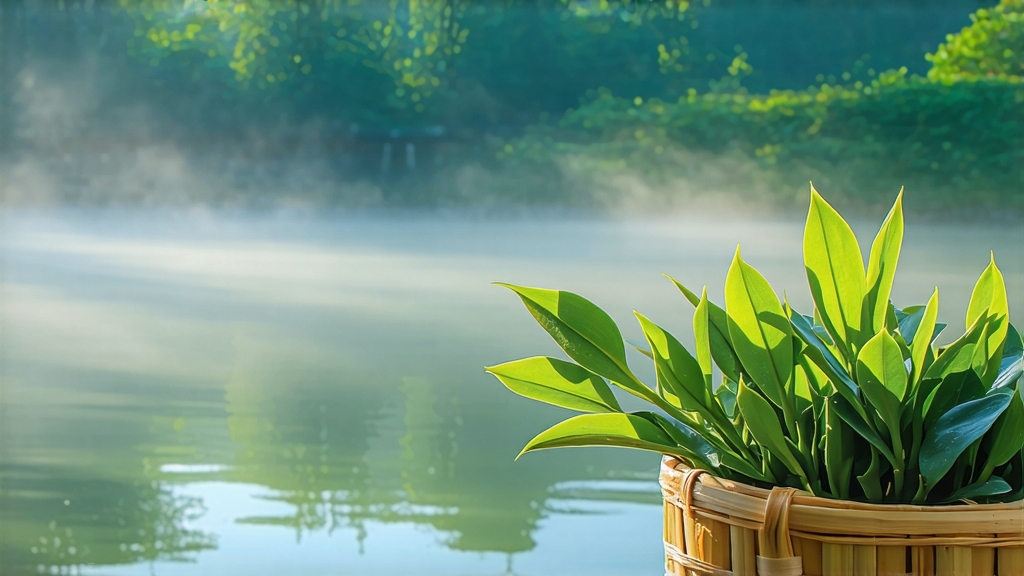
Tucked between the mist-laden hills of Dongting East Mountain and the shimmering expanse of Lake Tai in Jiangsu Province, Biluochun—literally “Green Snail Spring”—has captivated Chinese tea lovers since the late Ming dynasty. Legend claims that a tea picker ran out of basket space and tucked fresh shoots between her breasts; the warmth released an irresistible fragrance that startled a passing monk, who christened the tea “Astounding Fragrance.” The Kangxi Emperor later renamed it Biluochun for its tight spiral shape and spring harvest, elevating it to tribute status. Today it remains one of China’s Ten Famous Teas, yet outside the Middle Kingdom it is still a hidden gem, often overshadowed by Dragon Well or West Lake Longjing. For the global drinker seeking a cup that marries visual drama, floral complexity, and a whisper of lake air, Biluochun offers a masterclass in subtlety.
Although the cultivar is singular—Camellia sinensis var. sinensis cv. Biluochun—the micro-ecology of Dongting’s peninsula creates a natural spectrum of flavor. The highest grade, Supreme Biluochun, is picked before Qingming festival from bushes interplanted with peach, plum, and loquat trees; the fruit blossoms imbue the leaf with an unmistakable osmanthus-nectar note. Second-flush Mingqian tea, harvested in the two weeks following Qingming, trades some perfume for a creamier body, while the lighter Yuqian spring pick offers a brisk, green-pea snap. A rare autumnal picking, encouraged by the lake’s moderating influence, yields a nuttier, hay-like cup reminiscent of Japanese bancha, but with the cultivar’s signature spiral intact. Connoisseurs further distinguish between “Mountain” and “Water” styles: the former grown above 200 m where diurnal swings tighten the curl and intensify amino acids, the latter on lower terraces where silt soils deliver a rounder, softer infusion.
The craft behind Biluochun is a ballet of timing and touch. Picking begins at dawn when leaf moisture is 78–80 % and air temperature hovers around 12 °C; only the terminal bud plus the adjacent unfolding leaf is plucked. Within two hours the harvest is spread in bamboo trays no thicker than 2 cm to wither for 30–40 minutes, shedding grassy volatiles and reducing moisture to 70 %. The crucial kill-green step uses woks held at 180 °C for three minutes, during which the master tosses 250 g batches with a wrist-flick that looks like scrambling eggs. Rapid cooling on woven mats arrests oxidation at 5–7 %, preserving the vivid jade color. Rolling comes next: the warm leaf is kneaded for fifteen minutes under a pressure that gradually tightens, coaxing the signature spiral while rupturing 30 % of cell walls to release aromatic precursors. A final low-temperature bake at 60 °C for forty minutes drops moisture to 5 %, locking in the tea’s fruity bouquet. The entire process is finished before sunset, ensuring that the leaf never re-absorbs evening dew.
Western brewers often treat green tea with trepidation, fearing bitterness, yet Biluochun forgives more than most. Start with 3 g of leaf—about two heaping teaspoons—for every 200 ml of water. The ideal water is filtered, low in minerals, and cooled to 75 °C; anything hotter scalds the downy tips, releasing catechins that taste like boiled nettles. A tall, thin glass or a 150 ml gaiwan allows the spirals to unfurl vertically, a performance sometimes called “the forest rising.” After a thirty-second rinse—discarded to awaken the leaf—steep for forty-five seconds. The liquor should glow like pale chardonnay. Subsequent infusions can be lengthened by ten-second increments; high-grade Biluochun yields five sweet brews before fading. Those who prefer cold brewing can submerge 5 g in 500 ml of refrigerated spring water for six hours; the result is a crystal broth tasting of honeydew and white grape.
Tasting Biluochun is a three-sense ritual. First, admire the dry leaf: tiny spirals the color of jade moss, covered in white trichomes that shimmer like frost. Inhale deeply; the aroma should suggest apricot blossom, ripe loquat, and a hint of marine ozone carried from Lake Tai. After the first infusion, lift the lid of your gaiwan and trap the rising steam—breathe in slowly to catch the fleeting